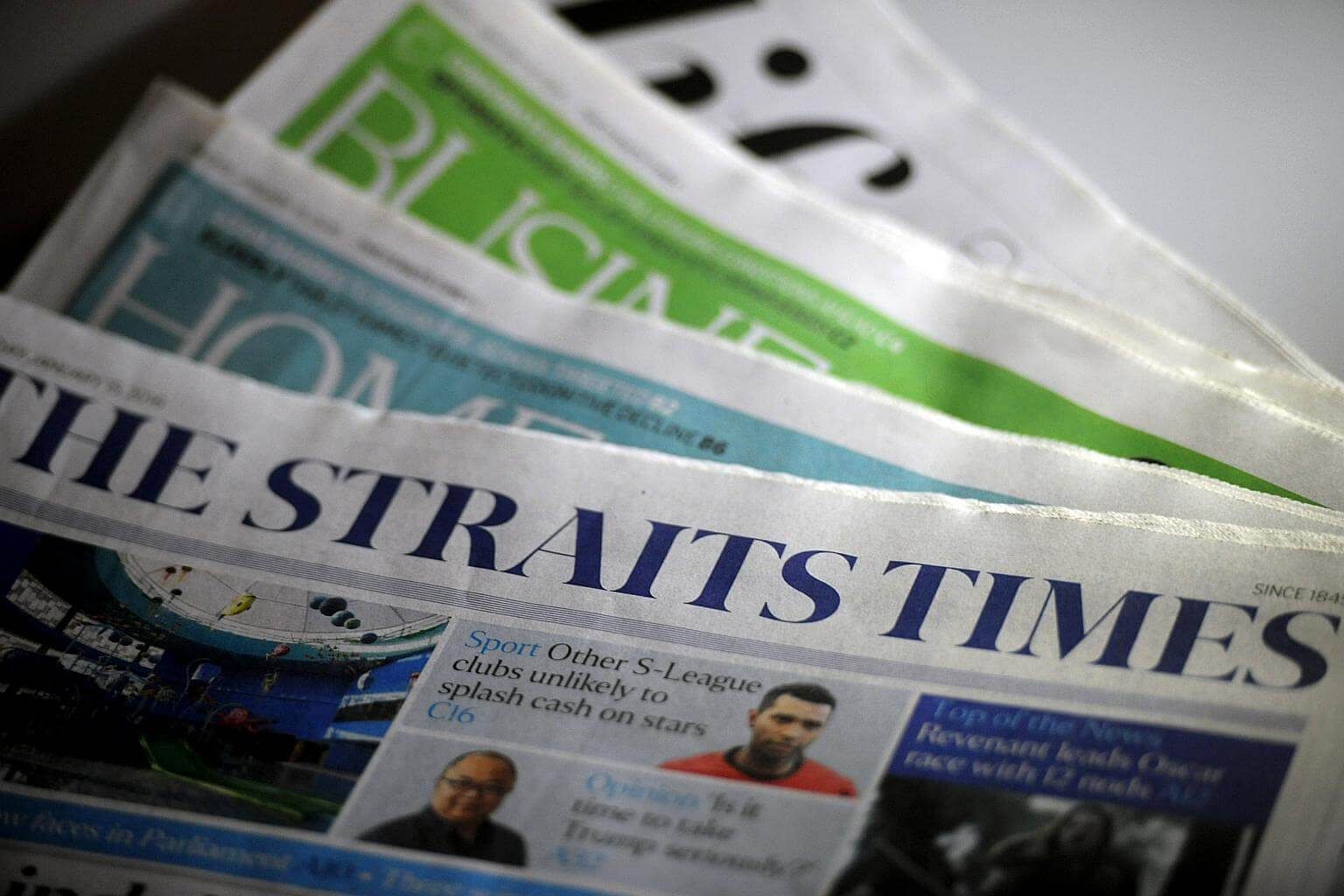Nearly 200 free-roaming horses die searching for water in Arizona parched land
Sign up now: Get ST's newsletters delivered to your inbox

Follow topic:
ARIZONA (WASHINGTON POST) - Nearly 200 feral horses, besieged with famine and dehydration, were found dead on a dried-up stock pond on Navajo land in Arizona.
The animals went to the pond in Gray Mountain, an unincorporated community in Coconino County in north central Arizona, in search of water.
But they somehow found themselves burrowed into the mud and too weak to escape, said Jonathan Nez, vice-president of the Navajo Nation, which is the largest Native American tribe in the country and covers parts of Arizona, New Mexico and Utah.
Some of the 191 horses were buried neck deep in the mud, Navajo officials said. Some were buried beneath others. Pictures show the horses' overlapping bodies, arranged roughly like a circle, as they lie on the parched earth.
The mass deaths come as Arizona experiences an exceptional drought unlike anything it has seen in more than a decade. Navajo officials say horses dying near an empty watering pond is "not a new but a seasonal issue".
The deaths also underscore an overpopulation of free-roaming horses, a problem entangled in competing interests, scarcity of resources and tribal cultural values.
About 73,000 horses and burros roam free in the western United States; that number has far exceeded what government officials say the land can sustain. With such overpopulation, having herds of free-roaming horses has become expensive. For example, damage the animals cause costs the Navajo Nation more than US$200,000 (S$267,000) a year.
According to the Navajo Department of Agriculture, one horse consumes 8kg of forage a day. Removing as many as 13 dozen horses would save the Navajo Nation more than one million litres of water and 500,000kg of forage a year.
But the issue has been a divisive one.
The Navajo tribe reveres horses, which have become the iconic symbols of the American West and are deeply entrenched in the Navajo people's beliefs and traditions. "It's a sensitive subject to begin with because horses are considered sacred animals, so you just can't go out and euthanise them. That would go too far against cultural conditions. At the same time, we have a bunch of horses no one is caring for, so it's a delicate balance," former Navajo spokesman Erny Zah told the Associated Press.
In 1971, the Wild Free-Roaming Horses and Burros Act gave the animals federal protections while allowing the interior secretary to sell or euthanise older and unadoptable animals. But for much of the past three decades, Congress has used annual appropriations Bill riders to prohibit the killing of healthy animals and any "sale that results in their destruction for processing into commercial products", The Washington Post's Karin Brulliard reported.
Navajo leaders have faced resistance in the past as they tried to find ways to control the population.
In 2013, Navajo leaders drafted a letter to federal officials expressing their support for slaughtering horses for export. But former New Mexico governor Bill Richardson, actor Robert Redford and animal rights groups joined a federal lawsuit to block the revival of horse slaughtering in the country.
Last month, congressional leaders rejected a proposal to allow the culling of tens of thousands of horses and burros that roam the west or are held in government-funded corrals and ranches, Brulliard reported. Supporters described it as "humane euthanisation". Advocacy groups applauded Congress' decision.
The animals that were found dead in the Arizona watering pond will be buried on site, Navajo officials said.
One horse did survive. Gracie was found among the carcasses and is only two to three weeks old, according to the Coconino Humane Association. She is recovering in a hospital, but her kidneys are not functioning well.

